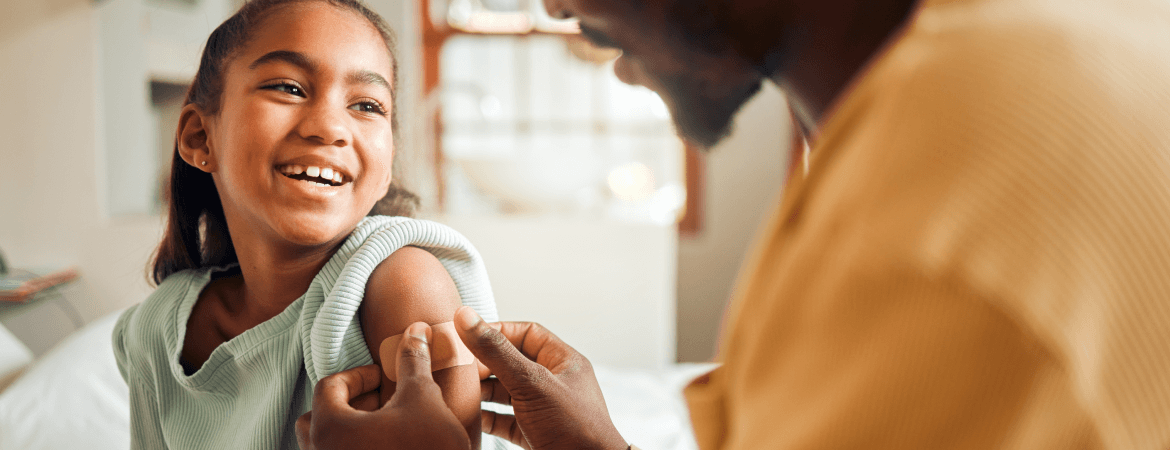
First aid for children: what every parent and caregiver should know
Accidents can happen anywhere, at any time. One minute the kids are playing outside, the next someone’s cut themselves on a stray object.
Knowing how to respond quickly and calmly in an emergency can make all the difference. Think of first aid as an essential life skill. You hope you’ll never need it but it’s always good to have.
Let’s delve into some practical first aid tips for parents and caregivers.
First aid for electrical hazards
- For an electric shock, don’t touch the child until the power source is off. Unplug the device or switch off the mains when it’s safe to do so.
- If the child is unresponsive or not breathing, call for an ambulance immediately and begin CPR if you know how to do it.
- For burns or scalds, run cool (not ice-cold) water over the affected area for at least 10–20 minutes. Do NOT use ice, butter, or ointments immediately.
- Remove clothing or jewellery near the burn, but don’t remove anything that might be stuck to the skin.
- Use a clean, non-fluffy cloth to loosely cover the area and protect it from infection.
- See a doctor if the burn is deep, affects the face, hands, feet, genitals, or a joint, or if there are signs of infection like pus, increased redness, swelling, or fever.
First aid for falls, cuts, and scrapes
- For minor cuts and scrapes, rinse the wound gently with clean water to remove dirt or debris.
- Apply pressure with a clean cloth or bandage to stop any bleeding.
- Wait for the bleeding to stop, then apply an antiseptic solution and cover with a sterile plaster or dressing.
- Change dressings daily and keep an eye out for signs of infection, such as redness, swelling, warmth, pus, or pain.
- For bruises, apply a cold compress or wrapped ice pack to the area for 10–15 minutes to reduce swelling.
- If the fall results in a bump on the head, monitor your child closely. See a doctor if they lose consciousness, vomit, become unusually sleepy, or behave oddly.
- Go to the doctor if the cut is deep, won’t stop bleeding, has something stuck in it, or was caused by a dirty or rusty object.
First aid for choking
If the child is unable to breathe, cry, or talk, and is turning blue, act quickly:
– For babies under 1: Give 5 back blows followed by 5 chest thrusts.
– For children over 1: Give 5 back blows between the shoulder blades, followed by 5 abdominal thrusts (Heimlich).
- If they become unresponsive, start CPR and call for an ambulance.
- See a doctor after any choking incident, even if the child seems fine, to check for internal injury or leftover obstruction.
Good to know
- Take a basic first aid course focused on children.
- Keep a well-stocked first aid kit in easy-to-reach places (but out of children's reach!).
- Learn CPR for babies and young children, and if possible, look for a caregiver who knows basic CPR.
- Use safety gates, corner protectors, plug covers, and cupboard locks around the house. Also be sure to anchor heavy furniture to the wall.
- Store medicines and cleaning products in locked cabinets.
- Choose soft, flat surfaces around the house and keep an eye out for toys with small detachable parts.
- Never leave children alone around water, in the kitchen, and near the stairs.
- Keep numbers for ambulance services, poison control, and your child’s doctor easily at hand.
Disclaimer
This article is for informational purposes only. Always check with your doctor or medical practitioner about any health concerns, before embarking on any fitness or nutrition programme, or using any medication.
